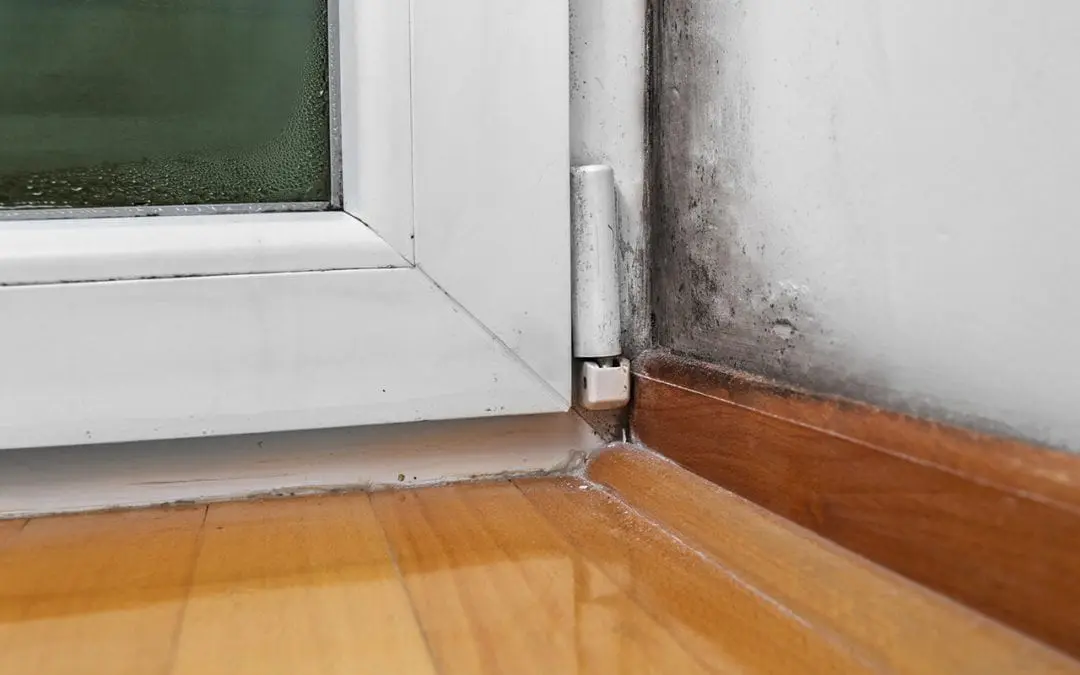Common Signs of Mold Growth
Musty or Damp Smell
Often, the first sign of mold that a homeowner may notice is a musty, moldy smell. Most often this occurs in humid areas like a basement or bathroom, but you may also detect a smell in the garage, kitchen, under a cabinet, or anywhere wet clothes and towels have been left. When you notice a damp smell, clean the area thoroughly. If the odor lingers, you may have a mold problem.
Signs of Mold Include Discoloration of Materials
Mold growth can sometimes be detected visually. You might see dark streaks on a shower curtain or black spots in the cabinet beneath the kitchen sink. Mold can grow as fuzzy white areas on walls or fabrics. You might also notice green, pink, or even orange mold growth. Sometimes this causes staining on fabrics or wooden materials. Visual clues are obvious signs of mold in the home. Take steps to remove the mold and reduce moisture in the area.
Allergy-Like Symptoms
If you or a family member suffer from cold or allergy-like symptoms while in the home, this may be due to mold growth. Mold exposure can cause various symptoms in different people, like coughing, sneezing, and irritated sinuses. When symptoms improve upon leaving the house, this means the cause of the problem is indoors. Locate and remove mold and take steps to improve indoor air quality.
Legacy Property Inspections offers home inspection services, including mold testing. Contact us to schedule an appointment.

